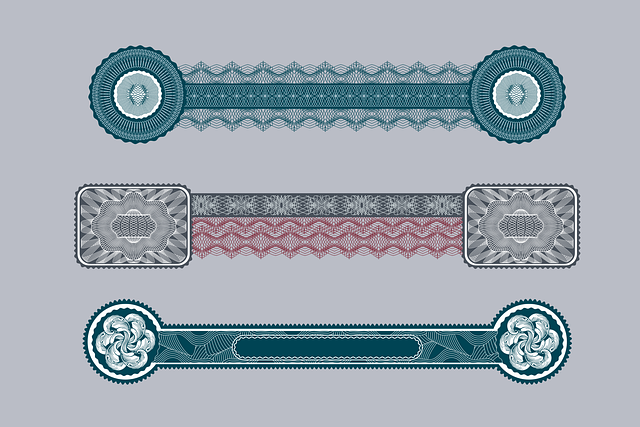Rapid urbanization drives a boom in global housing demand, particularly in metropolitan areas, but the industry's reliance on finite resources poses environmental challenges. A significant shift towards sustainability is underway, with developers embracing eco-friendly methods such as modular buildings, green roofs, and energy-efficient systems. These innovations reduce carbon footprints, lower operational costs, and increase property values, making sustainable construction practices lucrative investments. Today's real estate market focuses on efficient, resource-smart construction, with developers adopting strategies like recycled materials, smart technology, and renewable energy sources to transform industry standards and contribute to a greener future.
In today’s world, sustainable and resource-smart construction is not just an eco-conscious choice but a necessity. The real estate industry faces significant challenges, from environmental impact to resource depletion, demanding innovative solutions. This article explores the current state of real estate construction, highlights the benefits of adopting sustainable practices, and introduces cutting-edge strategies and innovations for implementing resource-smart solutions. Discover how these approaches are reshaping the landscape of real estate, ensuring a greener future.
The Current State of Real Estate Construction: Challenges and Opportunities

The current state of real estate construction presents a unique interplay between rapid urbanization and growing environmental concerns. On one hand, the global demand for housing continues to surge, driven by expanding populations and economic development. This has led to an unprecedented construction boom, particularly in metropolitan areas, characterized by dense buildings and ambitious skyscraper projects. However, this pace of construction comes at a cost. The industry’s reliance on finite resources, such as steel, concrete, and timber, coupled with inefficient building practices, contributes significantly to environmental degradation.
Despite these challenges, the real estate sector also presents vast opportunities for embracing sustainability. There is a growing awareness among developers, architects, and builders about the need for eco-friendly construction methods. Innovations in materials science, renewable energy integration, and smart design principles offer viable solutions to reduce the carbon footprint of buildings. By adopting resource-smart construction techniques, such as modular building, green roofs, and energy-efficient systems, real estate developers can meet the housing demands while minimizing environmental impacts, paving the way for a more sustainable future.
Adopting Sustainable Practices: Benefits for the Industry and Environment

Adopting sustainable practices in construction offers a multitude of benefits, both for the industry and the environment. In terms of real estate, these practices can significantly reduce operational costs over time, as buildings designed with sustainability in mind consume less energy and water. This not only saves money for owners but also contributes to a healthier planet by lowering carbon footprints.
Moreover, sustainable construction methods enhance the overall value of properties. Green buildings are increasingly sought after by tenants and buyers alike, who prioritize eco-friendly spaces. This growing demand drives up the market value of these properties, making them attractive investments. Thus, embracing sustainable practices is not only an ethical choice but also a smart business strategy within the real estate sector.
Implementing Resource-Smart Solutions in Real Estate Construction: Strategies and Innovations

In today’s real estate landscape, a growing emphasis on sustainability and resource-smart construction is reshaping the industry. Developers and architects are increasingly adopting innovative strategies to reduce environmental impact while creating efficient, long-lasting spaces. One key approach involves incorporating eco-friendly materials; from recycled steel and wood to sustainable concrete alternatives, these choices minimize waste and lower carbon footprints. Additionally, smart technology integration plays a pivotal role.
Automated systems for lighting, temperature control, and energy management not only enhance comfort but also optimize resource utilization. This includes the adoption of renewable energy sources like solar panels and wind turbines integrated into building designs. These solutions not only reduce operational costs for homeowners but also contribute to broader sustainability goals. As real estate construction continues to evolve, these resource-smart innovations will be crucial in shaping a greener future.






